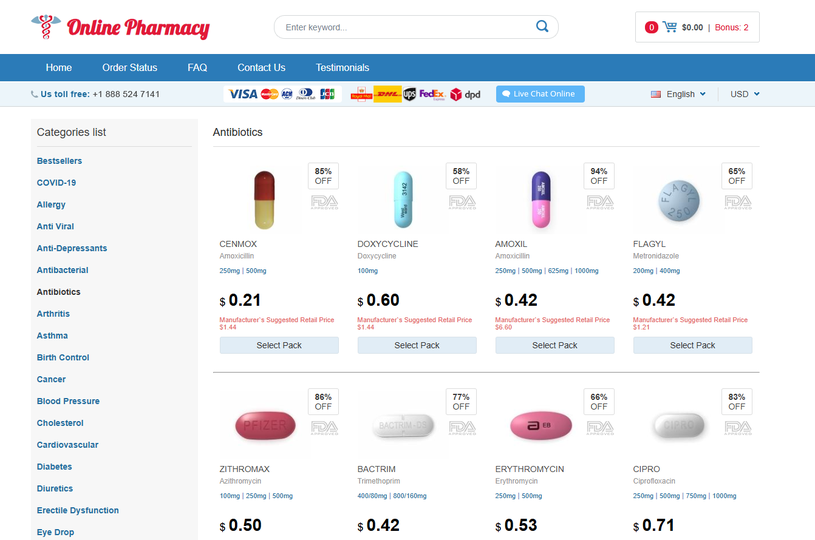To Purchase Prograf Over The Counter Visit Our Pharmacy ↓

The Future of Organ Transplants with Prograf
Failing to consider these interactions may lead to suboptimal drug efficacy, increased risk of adverse effects, and reduced overall quality of life. This citrus fruit can increase the levels of Prograf in your bloodstream, potentially leading to toxicity. Studies have demonstrated that patients on Prograf experience fewer episodes of acute rejection, which is a leading cause of transplant failure. medication used to prevent organ rejection in transplant patients. Initially approved by the FDA in the early 1990s, this powerful immunosuppressant quickly became a cornerstone in the post-transplant care regimen, offering a significantly improved outlook for transplant recipients. Intended to prevent organ rejection, it is primarily used in liver, kidney, and heart transplants. The task of navigating Prograf's side effects is compounded by the individual variability among patients in terms of drug tolerance and response.
Prograf's Impact on Patient Outcomes Post-transplant
This breakthrough has, in turn, spurred ongoing research aimed at further mitigating side effects while maximizing therapeutic outcomes. This immunosuppressant works by inhibiting T-cell activation, wich is crucial for preventing the body from attacking the newly transplanted organ. Common issues include increased susceptibility to infections and possible kidney dysfunction. The binding of Prograf to a specific protein in T-cells impedes calcineurin's activity, therefore preventing the transcription of IL-2 and other cytokines essential for T-cell proliferation. Prograf interactions can be influenced by various factors, making effective management crucial. This binding action forms a complex that effectively inhibits an enzyme called calcineurin. This variability underscores the importance of personalized medicine in transplant care.
Potential Side Effects and Management
By preventing this immune response, Prograf effectively reduces the risk of organ rejection, a common challenge faced in transplant medicine. Understanding its uses and potential interactions is essential for maintaining health and ensuring the effectiveness of the medication. Prograf is commonly prescribed for liver, heart, and kidney transplant patients and is crucial in post-transplant care. It is essential to keep them informed of any changes in your medication regimen, including newly prescribed drugs or adjustments to existing ones. On the other hand, consuming foods high in potassium, such as bananas and oranges, might pose a risk as Prograf can increase potassium levels, leading to hyperkalemia. Continual advancements in the field of immunosuppressants point towards an exciting future for Prograf. However, this powerful effect can also lead to unintended consequences, such as an increased susceptibility to infections or the dev elopment of certain cancers.
Managing and Minimizing Prograf Interactions
Prograf, known generically as tacrolimus, has markedly transformed the landscape of organ transplantation since its introduction. As we look forward to the future advancements in organ transplants, Prograf (tacrolimus) remains at the forefront of this medical revolution. Common side effects include hypertension, renal function impairment, diabetes mellitus, and gastrointestinal issues. Prograf belongs to a class of immunosuppressive drugs that primarily functions by inhibiting calcineurin, an enzyme crucial for activating T-cells in the immune system. The drug's efficiency hinges on maintaining a delicate therapeutic range in the bloodstream. By enabling a more effective management of the body's immune response, it allows for a broader acceptance of transplanted organs, thereby setting new standards in transplant success. This clever comp medication works by inhibiting the enzyme calcineurin, which is essential for the activation and proliferation of T-cells.
Effects of Anti-fungal Drugs When Taken with Prograf
It's essential to be mindful of these factors to ensure that Prograf functions optimally without any interference from external influences. Prograf, generically known as tacrolimus, operates at the molecular level to suppress the immune system, crucial for the success of organ transplants. Some patients might experiance high blood pressure or diabetes. Patients on Prograf often report improved overall health outcomes, including better functionality of the transplanted organ and a return to normal activities. Additionally, consultation can help in understanding the risks and benefits of using Prograf alongside other drugs, minimizing adverse effects and optimizing treatment outcomes. Prograf, the renowned immunosuppressant medication, exerts its power by disrupting the activation of T-cells, a critical component of the immune system. However, its mechanism of action also makes patients more susceptible to infections.
Mechanism of Action: How Prograf Operates
Maintaining the delicate balance of immunosuppression is crucial when managing Prograf's side effects. With these advancements, the future of Prograf looks to revolutionize the management of organ transplants, offering transplant recipients a more tailored and effective path to long-term graft survival. The interplay between Prograf and anti-seizure medications is crucial for patients to understand, as these interactions can significantly influence the efficacy and safety of their treatment. Consulting with a healthcare provider is essential to ensure safe and effective treatment. This tailored approach is poised to revolutionize how we utilize Prograf, promising a new era in transplant managment and patient care. This situation poses a moral quandary, questioning the equity of access to life-saving treatments. The possibility of combining Prograf with new immunosuppressive agents or regenerative medicine techniques also opens new avenues for enhancing organ transplant success rates.
The Role of Calcineurin Inhibition
Your provider can offer personalized advice based on your medical history and current medications. When calcineurin is inhibited, T-cell activation is significantly reduced, thereby lowering the body's immune response. The criteria for determining who gets an organ transplant often intersect with socio-economic factors, inadvertently favoring those with better resources or specific demographic characteristics. Prograf, a crucial immunosuppressant used to prevent organ rejection, can interact significantly with various antibiotics. Taking proactive steps to manage and minimize Prograf interactions can enhance treatment outcomes and overall well-being. Stat, this disruption in T-cell function is the key to Prograf's success in organ transplant patients, as it helps prevent the body's immune system from rejecting the new organ. Over the years, refinements in dosing and administration have further enhanced its utility, making it a versatile ally in the fight against rejection.
Consultation with Healthcare Provider for Guidance
This Prograf-based system acts as the body's natural defense, utilizing a variety of specialized cells, including lymphocytes, such as T cells and B cells, to recogni(z)e and eliminate threats. Your healthcare provider holds the key to navigating the complexities of drug interactions and plays a vital role in your overall well-being. Understanding the basic workings of this delicate and dynamic system is crucial for Prograf patients, as it helps to shed light on how Prograf, an immunosuppressant medication, can impact the body's ability to fight off infections and diseases. This tailored approach helps in leveraging Prograf’s benefits while mitigating its risks, a testament to the advanced science behind organ transplantation today. . As we advance, the focus will be on creating a more holistic and personalized approach to organ transplantation, ensuring that patients can lead healthier lives with fewer complications. Recieveing an organ transplant used to be a gamble, but with Prograf, the odds of a successful transplant have significantly improved.
Understanding Prograf and Its Uses
Taking proactive steps to address lifestyle elements can help maximize the benefits of Prograf treatment. Prograf, a critical medication in the management of organ transplant recipients, has significantly improved the longevity and quality of life for patients. It binds to specific proteins within immune cells, inhibiting the production of cytokines, which are vital for the proliferation of T-cells, the white blood cells responsible for detecting and attacking foreign bodies such as transplanted organs. Beyond organ transplantation, Prograf has been explored for use in treating certain autoimmune diseases, highlighting its versatile applications. Additionally, understanding the potential interactions and being proactive in seeking guidance can significantly reduce the likelihood of adverse effects. Regular monitoring and adjustments to the dosage of Prograf are essential strategies in mitigating these side effects. Ongoing studies are exploring the potential of Prograf derivatives and combination Comps to enhance organ graft acceptance while mitigating the risk of infection and other side effects.
Common Medications That Interact with Prograf
Ignoring potential interactions with Prograf can have serious repercussions on your health and treatment outcomes. It's crucial to seek guidance from your healthcare provider when taking Prograf to ensure proper management of potential drug interactions. Prograf has revolutionized organ transplantation by drastically reducing the risk of rejection. On one hand, the scarcity of donor organs raises profound ethical questions about prioritization and fairness in the allocation process. However, Prograf's potent effects also require careful management, as the Fridge Drugs can have an impact on the patient's overall health and wellbeing. Notably, calcium channel blockers, such as diltiazem and verapamil, can increase Prograf levels, elevating the risk of toxicity. Despite its effectiveness in preventing organ rejection, the financial burden of such treatment can be prohibitive, denying some patients the opportunity for a transplant.
